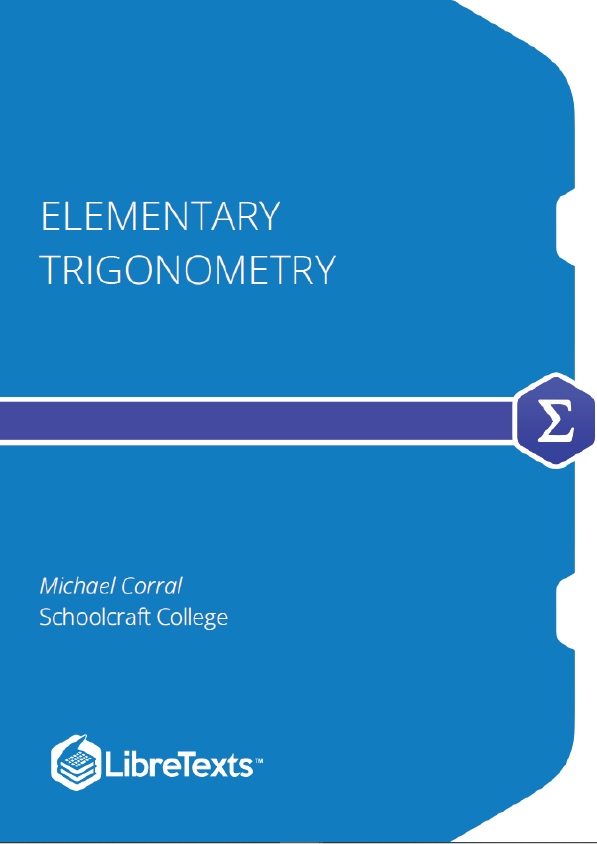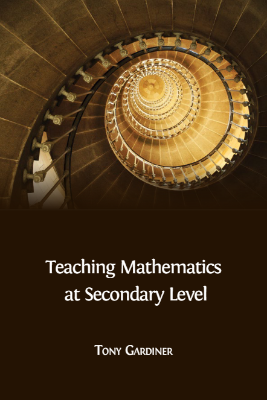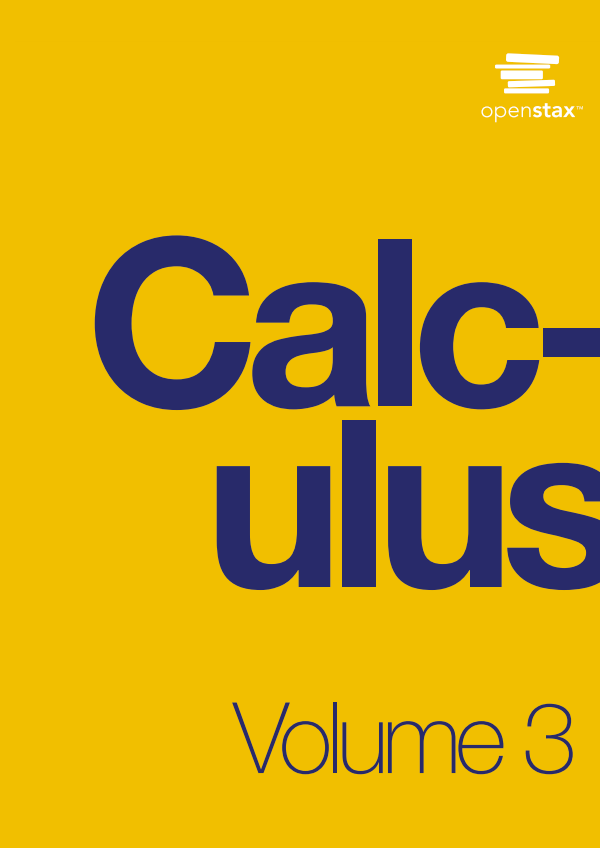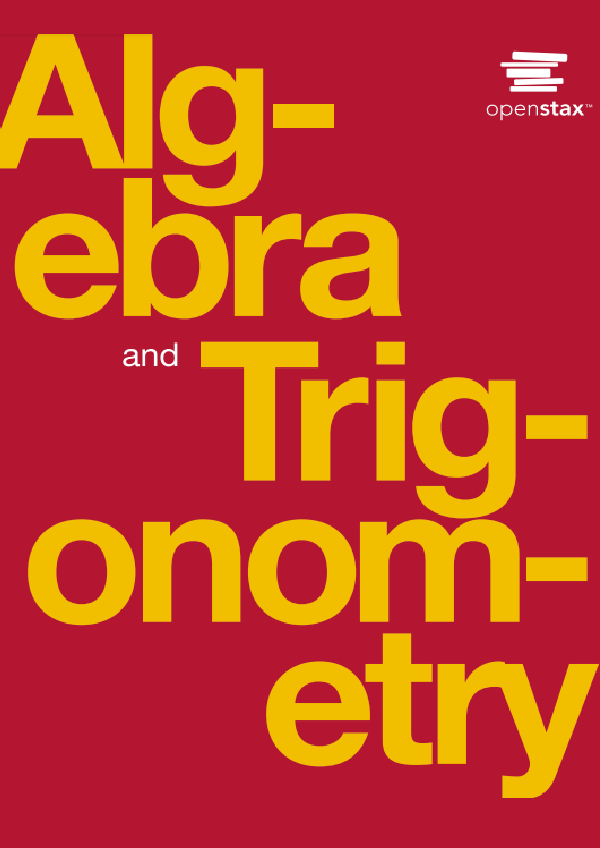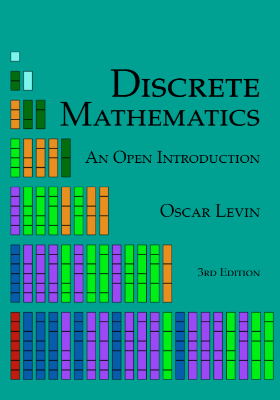This is a text on elementary trigonometry, designed for students who have completed courses in high-school algebra and geometry. Though designed for college students, it could also be used in high schools. The traditional topics are covered, but a more geometrical approach is taken than usual. Also, some numerical methods (e.g. the secant method for solving trigonometric equations) are discussed.
Right Triangle Trigonometry Angles
Trigonometry is the study of the relations between the sides and angles of triangles. The word “trigonometry” is derived from the Greek words trigono (τρ´ιγωνo), meaning “triangle”, and metro (μǫτρω´ ), meaning “measure”. Though the ancient Greeks, such as Hipparchus and Ptolemy, used trigonometry in their study of astronomy between roughly 150 B.C. – A.D. 200, its history is much older. For example, the Egyptian scribe Ahmes recorded some rudimentary trigonometric calculations (concerning ratios of sides of pyramids) in the famous Rhind Papyrus sometime around 1650 B.C. Trigonometry is distinguished from elementary geometry in part by its extensive use of certain functions of angles, known as the trigonometric functions. Before discussing those functions, we will review some basic terminology about angles.
Applications and Solving Right Triangles
Throughout its early development, trigonometry was often used as a means of indirect measurement, e.g. determining large distances or lengths by using measurements of angles and small, known distances. Today, trigonometry is widely used in physics, astronomy, engineering, navigation, surveying, and various fields of mathematics and other disciplines. In this section we will see some of the ways in which trigonometry can be applied. Your calculator should be in degree mode for these examples.
You may have noticed that the solutions to the examples we have shown required at least one right triangle. In applied problems it is not always obvious which right triangle to use, which is why these sorts of problems can be difficult. Often no right triangle will be immediately evident, so you will have to create one. There is no general strategy for this, but remember that a right triangle requires a right angle, so look for places where you can form perpendicular line segments. When the problem contains a circle, you can create right angles by using the perpendicularity of the tangent line to the circle at a point with the line that joins that point to the center of the circle. We did exactly that in Examples 1.14, 1.15, and 1.16.
